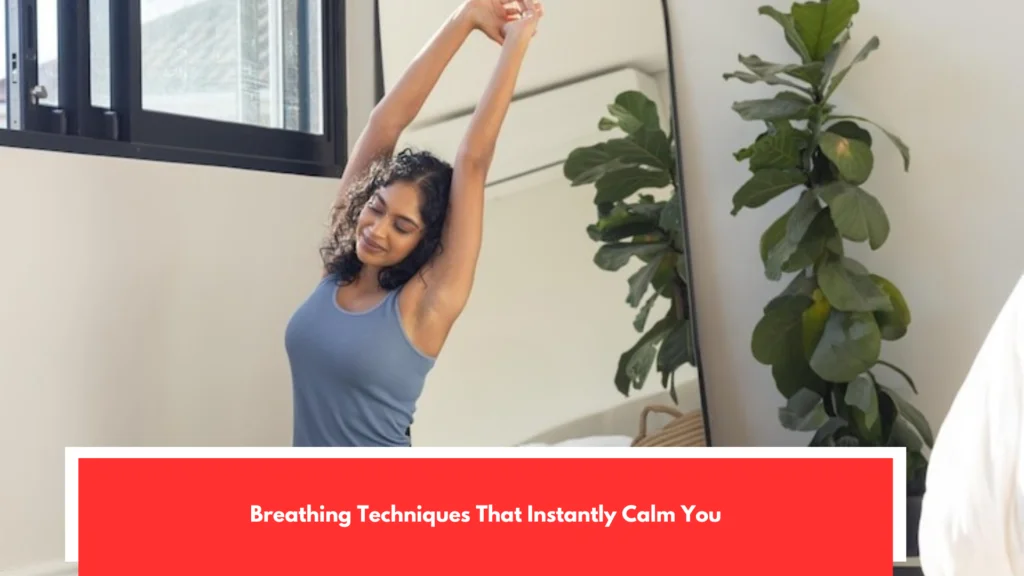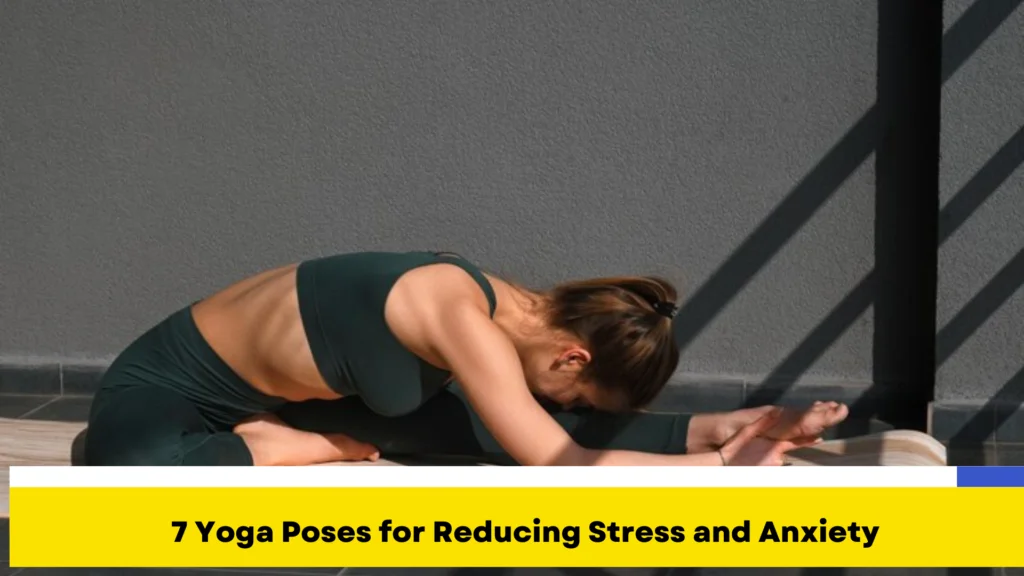Breathing techniques is automatic. You don’t have to tell your body how to do it. Or do you There’s a reason why mind-body disciplinesyoga, tai chi, or qigong place so much emphasis on breathing compared to almost everything else. Gurus who promoted these centuries-old practices knew that if you focus on mastering your breath (or “pranayama,” as it will often be called in yoga class), you can connect the mind with the body so that both get some relief. In simple physiological terms, inhalation gives the body the oxygen it needs to function, and exhalation cleanses it of what it needs to get rid of, i.e., carbon dioxide.
According to Alvin Dike, MD, physical therapist, and founder of ADPT in New York City, most people spend more time operating under the sympathetic nervous system (fight or flight), a common default setting caused by stress, than under the parasympathetic system (rest and digest), which tends to lower heart rate and stress levels. When you breathe mindfully, you can also control your nervous system and quickly transition from stress to a calm state. Similarly, proper breathing can stimulate the sympathetic nervous system to boost your energy and improve your mood.
Pursed lip breathing

In short, breathwork is a versatile therapy that can help you manage your emotions and improve your day. Plus, it’s simple, free, and immediate. Sounds too good to be true, right That could be because you’re probably one of the many people who “only use a small percentage of oxygen to fill their lungs and breathe only through their upper chest,” Dike explains. A quick way to tell if you’re doing this is to place one hand on your stomach and the other on your chest and observe which hand rises as you inhale.
You should breathe from your diaphragm so that your ribcage expands in 3D from top to bottom, front to back, and side to side, as Dike explains. To do this, inhale through your nose, drawing the air into your stomach, and continue breathing until you feel your lower back and belly expand. Once you’ve mastered this, you can use “different breathing techniques and tempos to induce the emotional response you’re looking for,” she explains. Regardless of your situation whether you have too much or too little energy, lack of inspiration, or are worried sick following one of these expert recommended breathing methods could help change your mood almost instantly.
Diaphragmatic breathing

Waking up groggy and tired is a sign of a parasympathetic state, explains Dike. Whether you’ve been up late watching your favorite show or working until midnight, a long inhalation and rapid exhalation can increase your heart rate and alertness by stimulating a sympathetic response, she says. Lie on your back and take a 6-second breath. Hold your breath for 4 seconds, then exhale sharply through closed lips. The exhalation should be quick and forceful to expel any remaining carbon dioxide from your lungs. This can prime your diaphragm to bring in more fresh air during your next breath, explains Dike.
The name may sound a bit odd, but “this type of breathing, which consists of three parts, energizes you, explains Sanaa A. Jaman, founder and owner of Tru3 Yoga in Kuwait. “Deep breathing and movement enliven the entire body by first awakening the sympathetic nervous system and increasing oxygen delivery in the bloodstream, says Jaman. This is followed by a parasympathetic response that promotes mental clarity and uplift, improving your motivation. Start standing with your feet parallel to your hips and knees slightly bent.
Breath focus technique

One-third of your lung capacity (imagine drawing air to the bottom of your lungs) as you swing your arms forward, palms facing the ceiling. Then inhale to two-thirds of your lung capacity (filling the middle of your lungs) as you stretch your arms out in a “T” shape to the side, at shoulder level, palms facing up. Next, inhale until your lungs are completely full (fill them to the top, until you can’t inhale anymore) and swing your arms overhead, palms facing each other. Finally, Open your mouth and exhale with an audible a sound, bending your knees and lowering into a squat while swinging your arms down and back, like a diver.
When anxious, most people breathe rapidly and shallowly. Chest breathing increases heart rate, tension, and stress, all of which make things worse. Sheetali is to cool down in Sanskrit. By deactivating the fight-or-flight response that your training triggered, and encouraging rest and digestion, this technique can help lower blood pressure so your body temperature drops and your muscles and nerves relax, says Jaman. Find a comfortable position, look at the floor or close your eyes, and rest your hands on your knees. Stick out your tongue.
Conclusion

Lift the sides of your tongue to form a tube and breathe slowly and deeply through it. Then, close your mouth and exhale through your nose. Repeat as many times as you like, or for at least 1 to 5 minutes to recover faster. If you have trouble falling asleep, or just can’t stop thinking when you lie down in bed, research from UCLA shows that body scanning can do you a world of good. According to Jasmine Marie, a breathwork specialist and founder of Black Girls Breathing, this type of scanning takes things a step further and combines scanning tense areas with exhalations.
Start by stretching out in bed and closing your eyes. Breathe slowly and deeply, and exhale for twice as long as you inhale. Move your mind through your body, from head to toe or vice versa, acknowledging how each part feels. “Identify which part of your body is tense and then focus your breathing on that space, says Marie. If you don’t fall asleep after the scan, continue breathing deeply or start over, but in reverse. No matter what the day holds (we all know it will), remembering to “breathe” is more than a mantra it’s a plan to attract positive thoughts and ward off negative ones.



